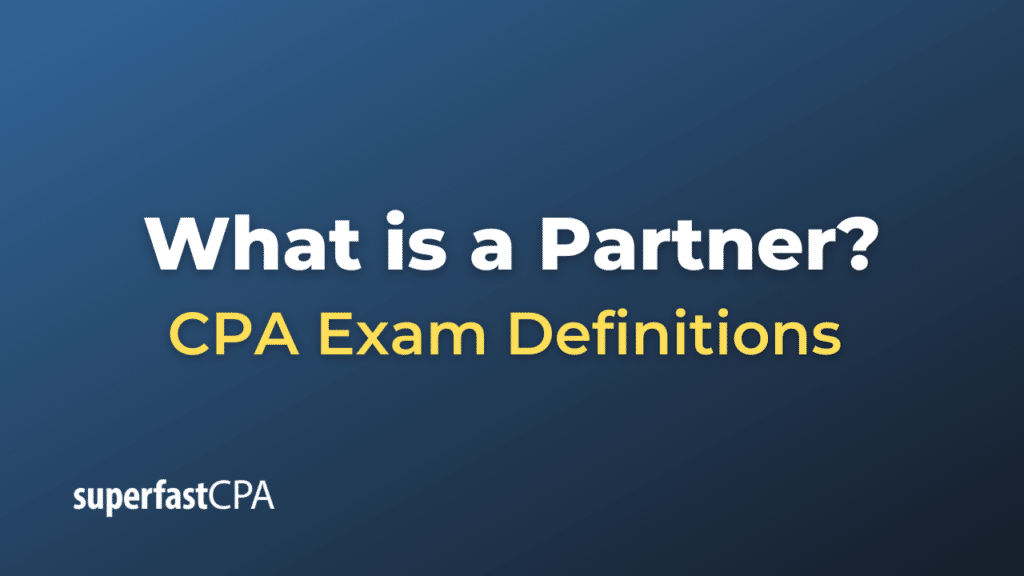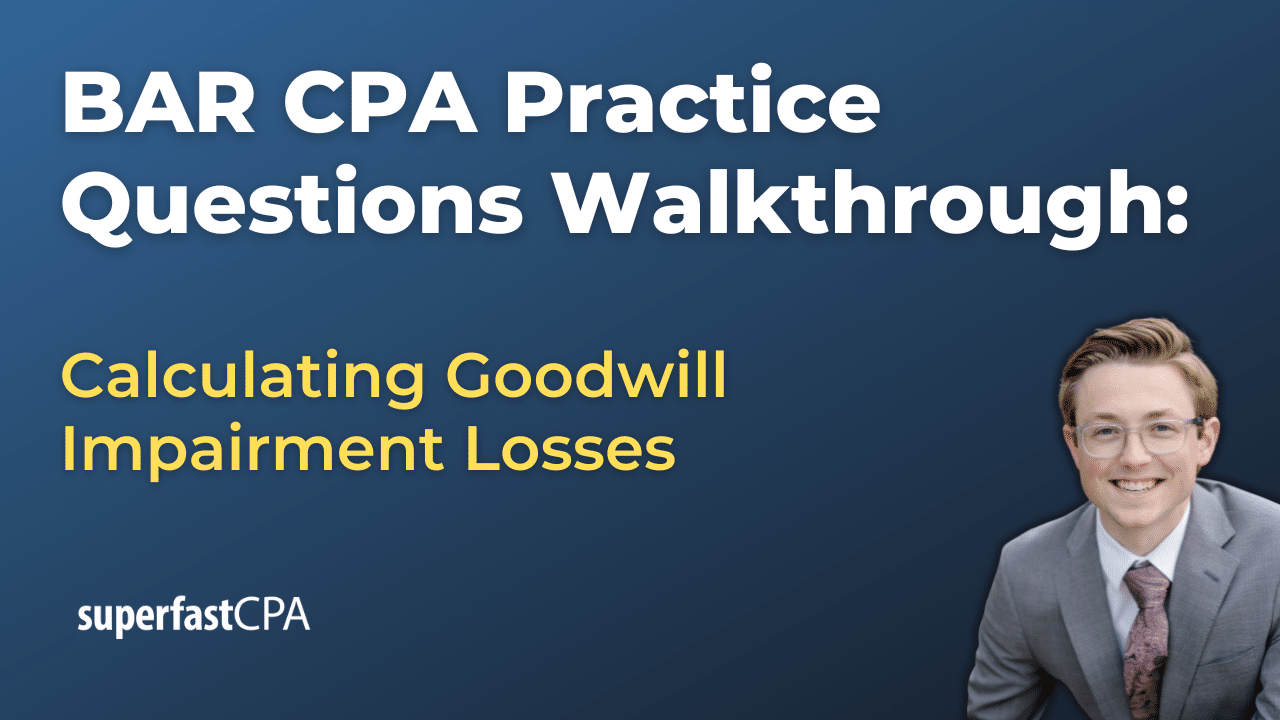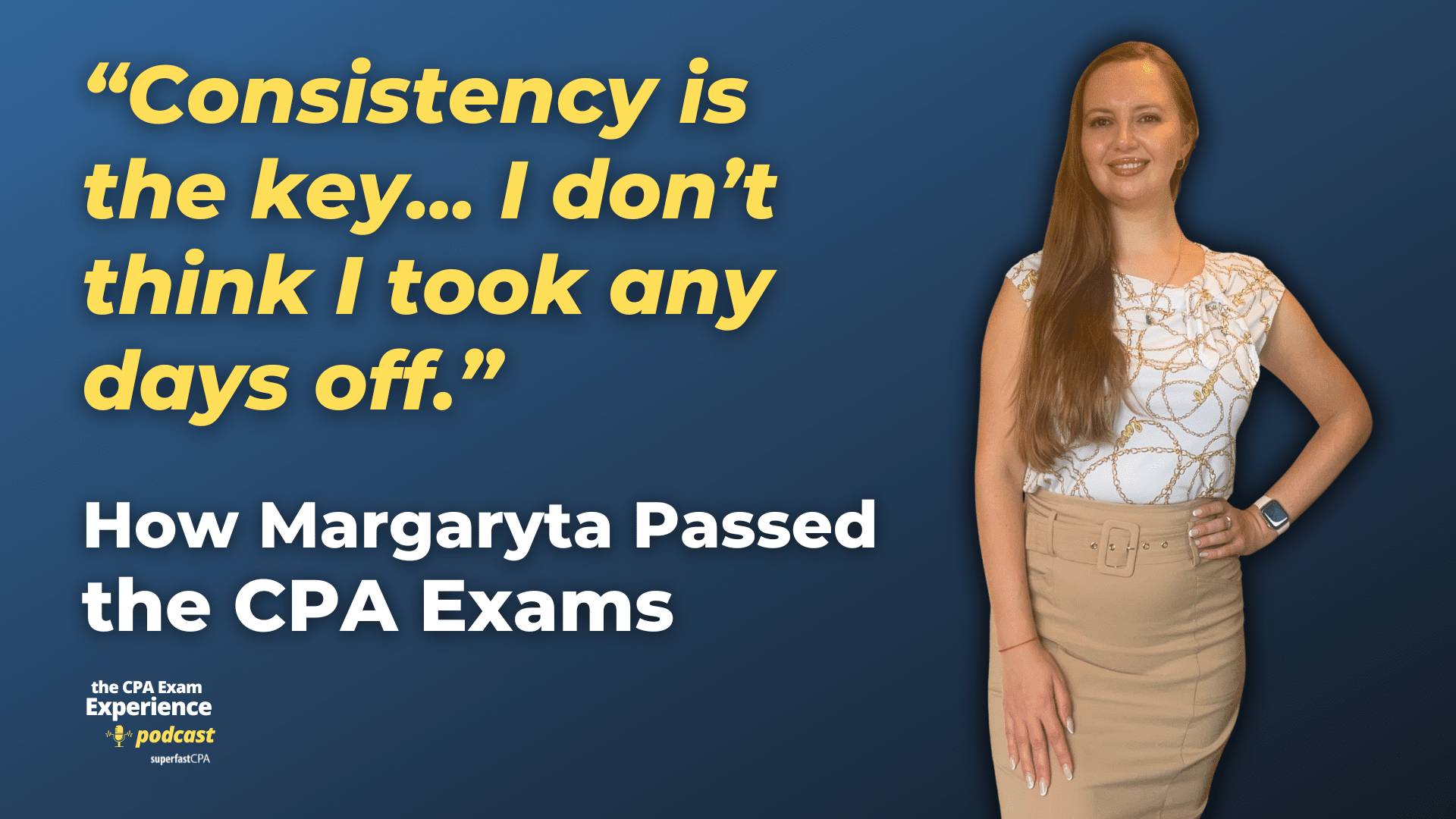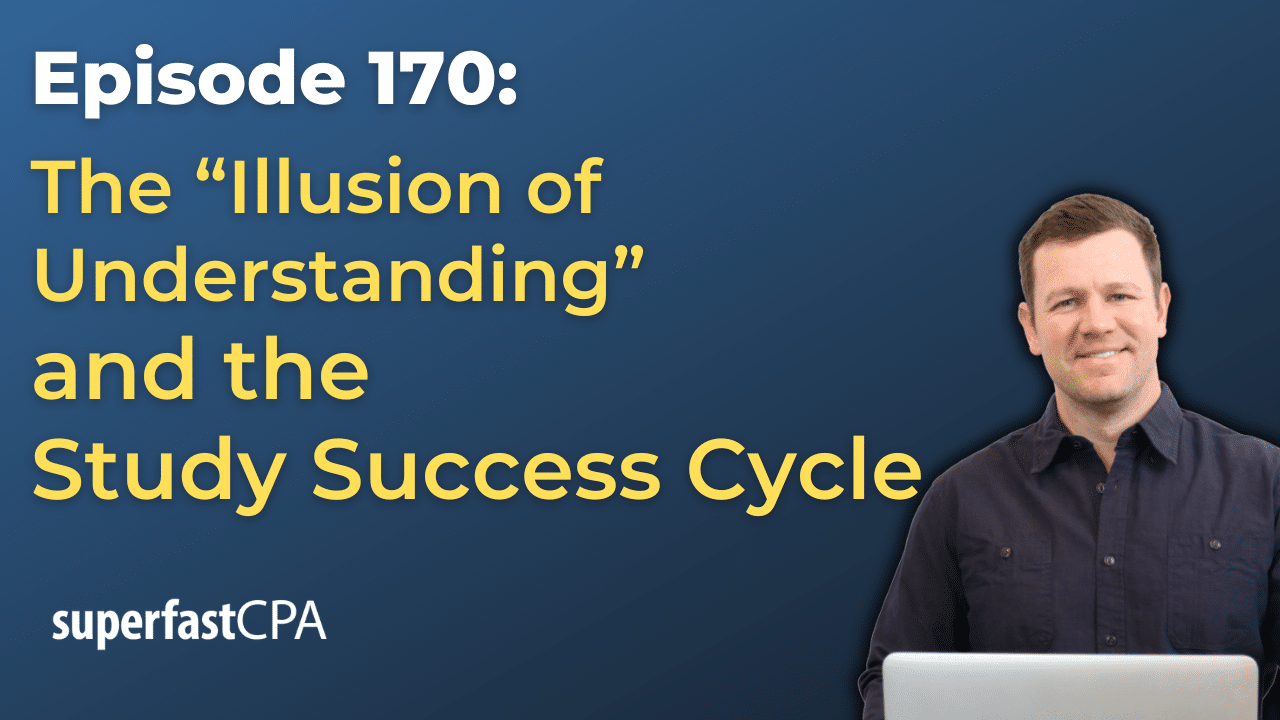Partner
In a business context, a partner refers to an individual or entity that shares ownership of a business. Partnerships are a common business structure, particularly for professional services firms like law firms, consulting firms, and medical practices. Each partner contributes to the business in terms of capital, resources, skills, or labor, and in return, each receives a share of the profits or losses of the business.
There are several types of partners and partnerships:
- General Partners: These partners are involved in the day-to-day operations of the business. They have unlimited liability, meaning they are personally responsible for the debts of the business.
- Limited Partners: These partners contribute capital but do not participate in the daily operations of the business. Their liability is limited to the amount they have invested in the business.
- Silent Partners: These partners invest capital into the business but do not participate in its management or daily operations. Like limited partners, their liability is usually limited to their investment.
The exact rights and responsibilities of each partner, including how profits and losses are shared, should be detailed in a partnership agreement. Partnerships are governed by partnership laws, which can vary from one jurisdiction to another.
In another context, the term “partner” can also refer to another business with which your company has formed a strategic alliance or partnership. For example, two technology companies might partner to integrate their products and offer a combined solution to customers.
Example of a Partner
Let’s take an example of a law firm partnership.
Suppose there’s a law firm called “Smith & Johnson,” named after the two founding partners, John Smith and Lisa Johnson. They are both general partners, meaning they contribute to the capital of the firm, are involved in the day-to-day operations, share the profits, and have unlimited liability for the firm’s debts.
Over time, they add new partners. For instance, a successful lawyer named Alex becomes a partner after several years with the firm. Alex brings a large client base and strong expertise, adding value to the firm. He also contributes capital to the firm and becomes a general partner with a share in the profits.
The firm also brings in a silent partner, Rachel, who is a wealthy individual interested in the legal industry. She invests a significant amount of money into the firm but does not participate in the firm’s operations. Her liability is limited to her investment, and she receives a share of the profits in return.
The exact details of how profits and losses are divided, the decision-making process, and other aspects of the partnership would typically be laid out in a partnership agreement.
This is a typical example of a partnership in a professional services firm. It’s worth noting that the specifics can vary widely depending on the nature of the business and the agreement between the partners.












